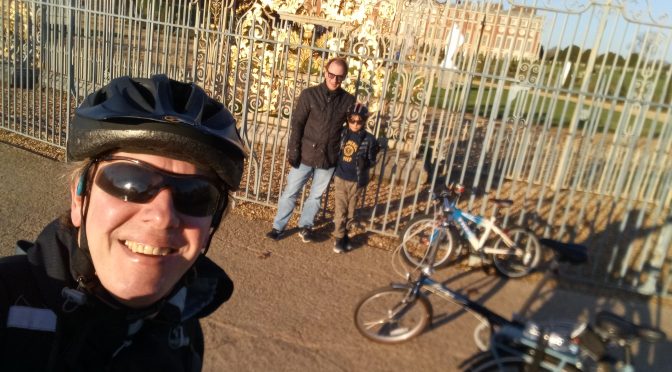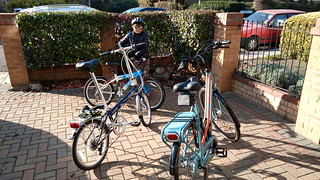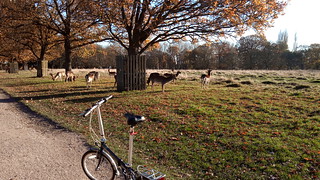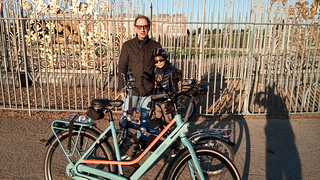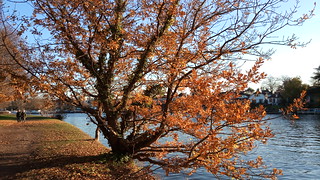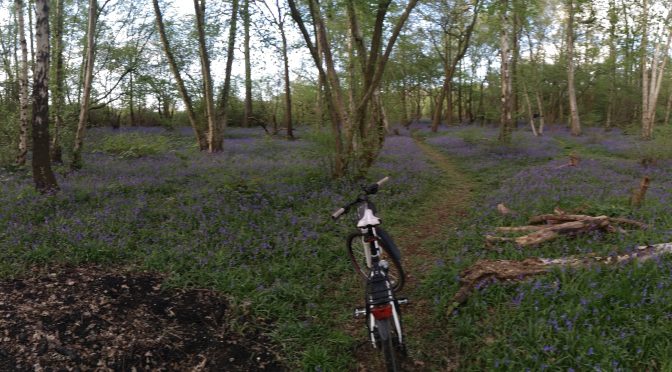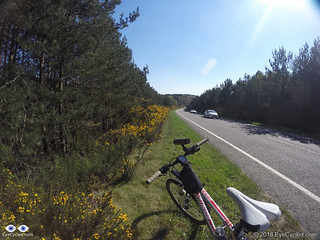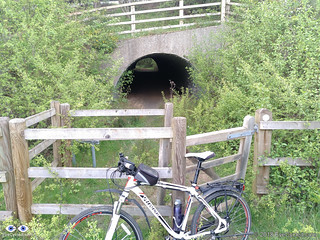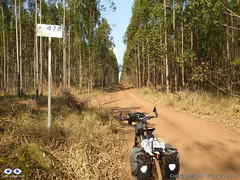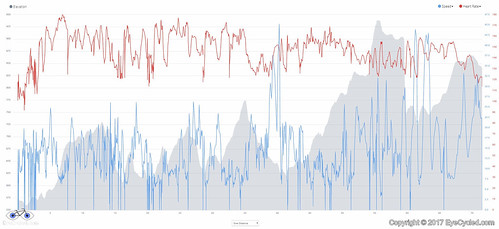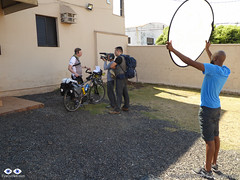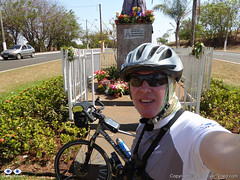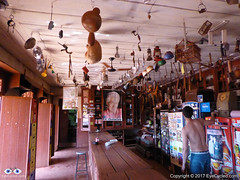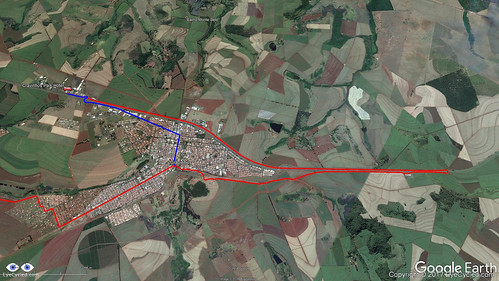“Faith“… when you hear (or read) this word, what is the 1st thing that comes to mind for you? Religion?
I can’t blame you. I would argue there is no religion without faith. Thankfully, though, the scope of the word is broader. If you write “faith meaning” in Google Search, the religious meaning actually comes 2nd. We are born is this world with nothing but faith.
Unlike many other animals who are up on their feet a few hours after being born, it takes humans many years to become self-sufficient. Even without knowing, we are born with the faith that either our parents or society will care for us. There are perhaps more meanings to this word that I could possibly write about here, but I want to focus on this one particular meaning: Faith in mankind.
I confess that in the last 2 years, especially this last month (Feb/Mar 2022), I have lost some of my faith. Wars and an increasing number of corruptible and power angry human beings lead to this innevitably, I think.
Although I am not a member of any church, I consider myself a religious person. Unlike other people, for my religion to survive I feel I cannot rely on faith alone… it must involve some level of science and evidence for me. I am not the kind of person who can base my beliefs in wild profecies, Biblical or otherwise, although I do believe that “…there are more things on heaven and earth, Horatio, than are dreamt of in your philosophy”. I do believe there are forces in motion in the Universe that our science may take dozens of centuries, perhaps tens of thousands of years to explain, if we don’t annihilate ourselves first. Our science is just starting to produce a huge network of things in this planet and beyond, so perhaps our universe being, … well, a lot older than us, is in essence a huge network of beings, covering a wide range of planets, realities and dimensions in which living (and “non-living“) humans are just a small part. Where our individual place is in this network is impossible to say, but perhaps many of the things we call “random” or “coincidences” are in fact the works of this network. If we knew ALL the laws that govern the Universe and had a computer powerful enough, we could perhaps even predict it.
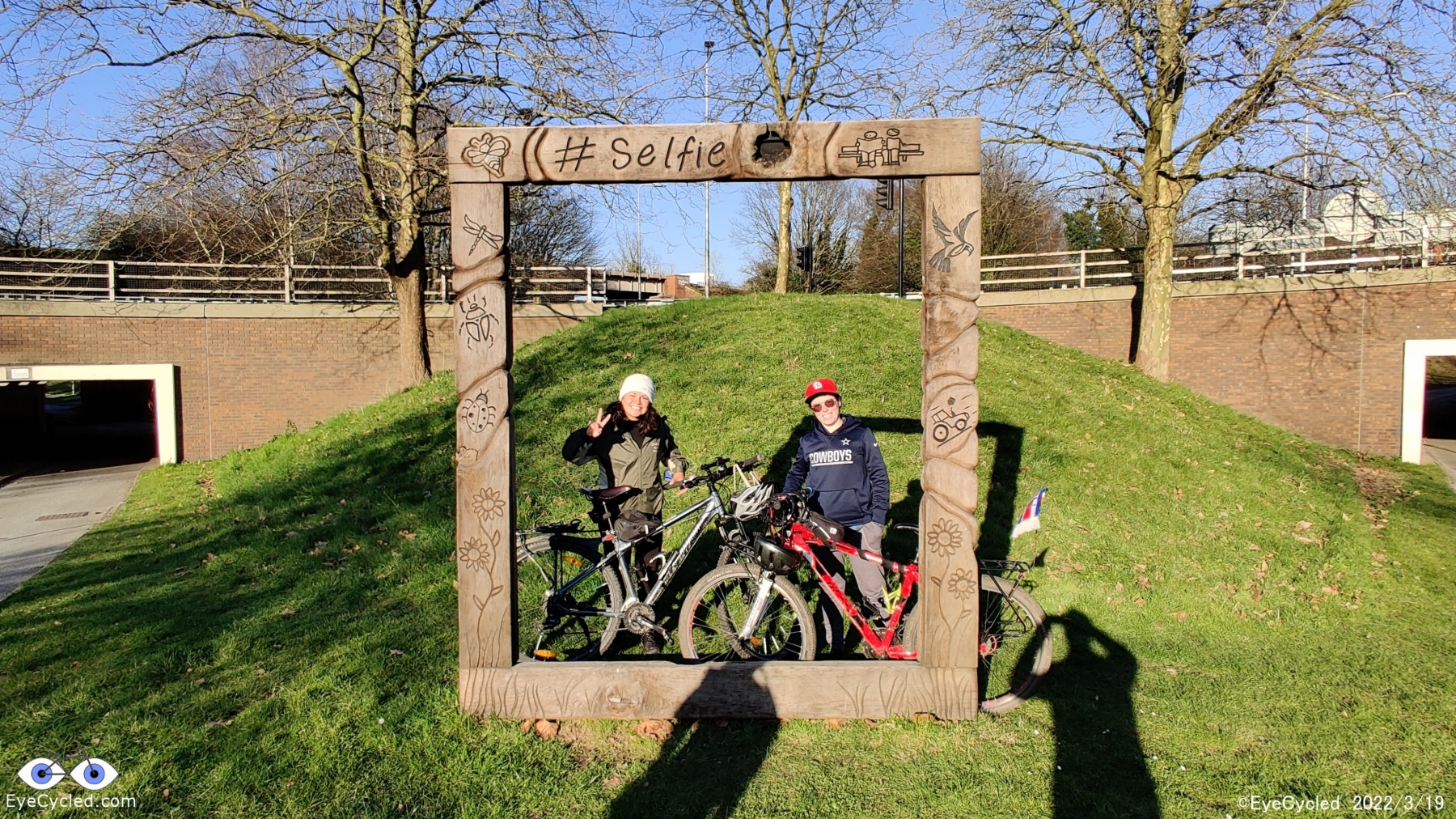
Last weekend I received the visit of two Warmshowers guests (if you don’t know what Warmshowers is, visit this page). They were Meli (Melissa) and Caro (Carolina) from Costa Rica. Meli and Caro are on a 2 years journey that started when they flew from Costa Rica to Madrid 3 months ago and presently found themselves at my house last Friday. Among the many obstacles they already had to overcome was the loss of their passports in Spain (according to them a 5 seconds distraction… thieves were likely after money only, but took the passports instead) and a number of other smaller problems, all to fulfill the dream of learning a bit more of this world and explore it with as little impact to nature as possible, by the power of their legs.
Their bikes were really heavy and Caro, had a serious problem in her bike: Only the front disc brake was operational. So I took them to Trek Bicycles here in Bracknell, a new shop I didn’t even know existed as they opened their doors less than a month ago. I must say that, having a general knowledge of prices and values here in the UK, I thought it would cost Caro an harm and a leg to have the problem resolved, especially from a brand such as Trek. Indeed, Trek wanted to charge her as much as £120 for the repair, but upon learning about their story they waived ALL labour fees out, sold the parts at cost and not only fixed the rear brake by replacing the entire braking system with a brand new Shimano one (except disc), but also replaced the pads on the front brake and topped up the braking fluid. They also did an overal inspection on the bike to make sure it was as safe as it could be in the couple of hours the bike was with them.
In my opinion, when you see this kind of attitude, you must bring it to public knowledge because there is too much business and not enough kindness going on in the world these days. To me, personally, it restored a bit of my faith in mankind, that was so damaged lately. My kudos to all in Trek Bicycles Bracknell for understanding that business without kindness is very likely not the most meaningful part of this network I mentioned above. We cannot eat money nor take it to the grave with us, but who knows… perhaps the relationships we add to our individual network in our life-times is something we can indeed take to the grave and beyond (I guess, for Christians is akin to going to heaven).
After all the most urgent issues had been resolved we had a wonderful evening in which my children cooked a delicious dinner for us and the next day (Sunday) I rode together with Meli and Caro to their next Warmshowers host, in Aldermaston by the river Kennet, some 33 km away (67 km in total for me). It was my 1st long distance ride in the year (yes, I should feel ashamed) and the day was beautiful as you can see in the pictures below. Meli and Caro don’t have a fixed plan. They are now riding to meet a friend in Bristol and then they don’t know yet if they are going to Devon or Wales (most likely north). I wish them a safe and pleasant journey in the UK and then back to the continent for their 2 years adventure.
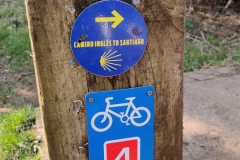
Before I close this post, one interesting thing I learned on this ride was about the signs for the Camino Ingles (English Way) to Santiago on National Cycle Route 4 (NCN 4), which in Spain typically starts in Ferrol (or A Coruna). I rode from Bracknell to Bath a few years ago and these signs weren’t there. It makes sense though… I think pilgrims (on a bike or on foot) would go from London to Bristol on NCN 4, then south to Plymouth on routes like NCN 3, 33, 2 and so on. There is a ferry from Plymouth to Santander, which is part of the “Camino del Norte” (Northern Way to Santiago). Maybe centuries ago it was possible to sail from somewhere in the south of England to Ferrol or A Coruna. The website on the link above suggests English templars used to do this route to Santiago from England to ask Saint James for protection on their way to Jerusalem. Anyway, it was very nice to see these stickers as they reminded me of my own “Camino” journeys in 2015 and 2019.
To keep this blog alive and running you may donate through my Patreon Page or through PayPal directly.
![]()


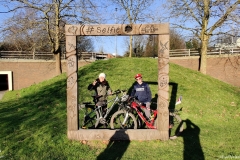






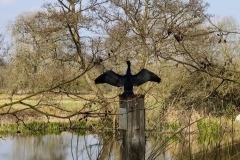


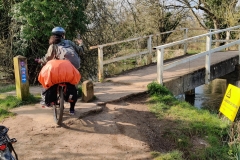
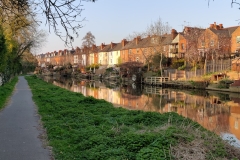

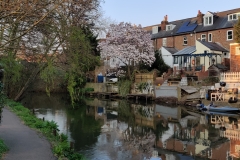
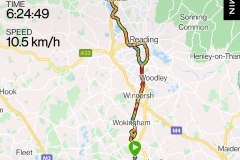
















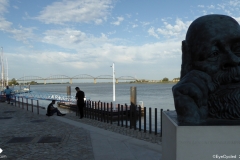
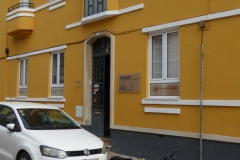





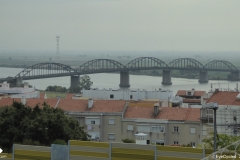
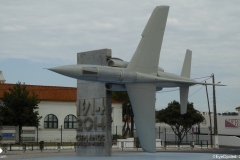









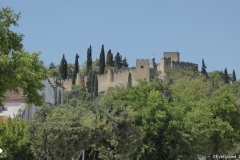

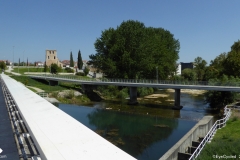



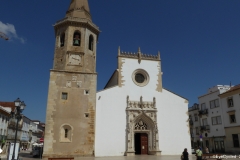
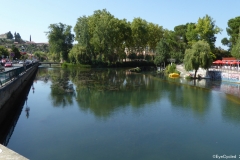


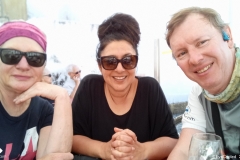
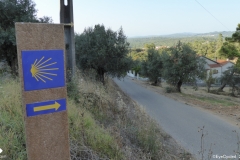



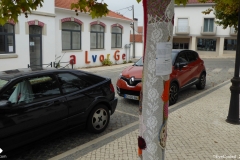






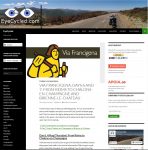





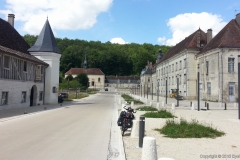











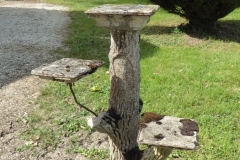
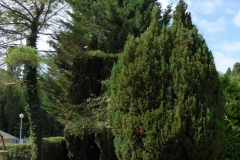
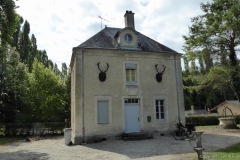

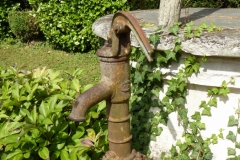



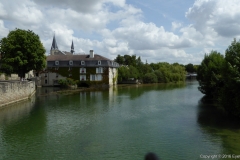








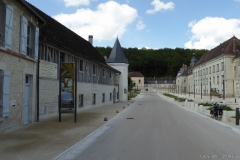
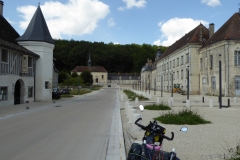


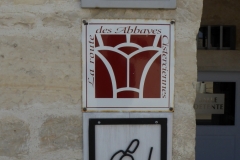





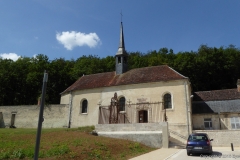


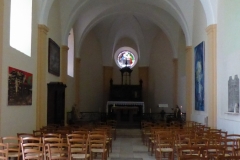






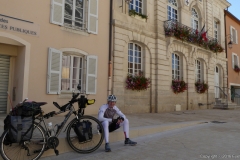


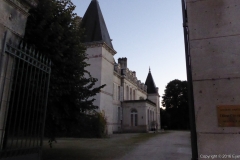



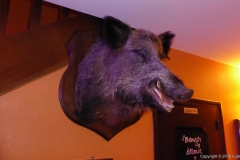



 As this post comes just two weeks from Christmas, I think it is appropriate to start by wishing you all a very Merry Christmas and a Happy 2019! I wish you a happy, prosperous, healthy and very happy new year with a lot of cycling activities, be them for pleasure, commute, travel or sport.
As this post comes just two weeks from Christmas, I think it is appropriate to start by wishing you all a very Merry Christmas and a Happy 2019! I wish you a happy, prosperous, healthy and very happy new year with a lot of cycling activities, be them for pleasure, commute, travel or sport.